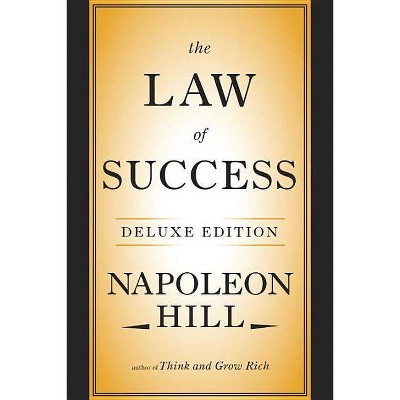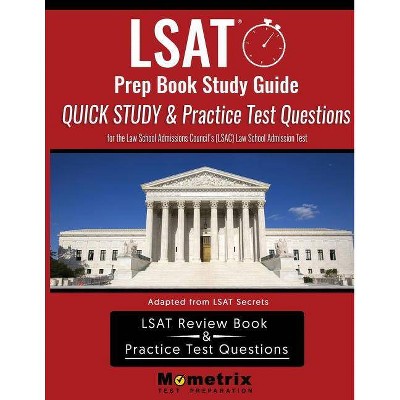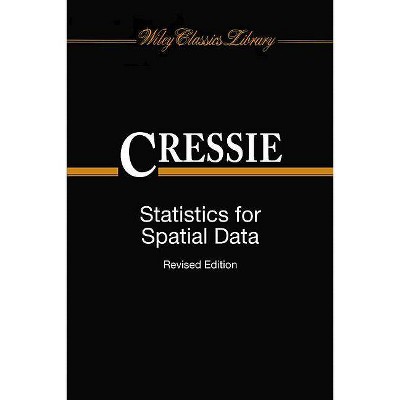An Introduction to Benford's Law - by Arno Berger & Theodore P Hill (Hardcover)

Similar Products
Products of same category from the store
AllProduct info
<p/><br></br><p><b> Book Synopsis </b></p></br></br><p>This book provides the first comprehensive treatment of Benford's law, the surprising logarithmic distribution of significant digits discovered in the late nineteenth century. Establishing the mathematical and statistical principles that underpin this intriguing phenomenon, the text combines up-to-date theoretical results with overviews of the law's colorful history, rapidly growing body of empirical evidence, and wide range of applications. <p/><i>An Introduction to Benford's Law</i> begins with basic facts about significant digits, Benford functions, sequences, and random variables, including tools from the theory of uniform distribution. After introducing the scale-, base-, and sum-invariance characterizations of the law, the book develops the significant-digit properties of both deterministic and stochastic processes, such as iterations of functions, powers of matrices, differential equations, and products, powers, and mixtures of random variables. Two concluding chapters survey the finitely additive theory and the flourishing applications of Benford's law. <p/>Carefully selected diagrams, tables, and close to 150 examples illuminate the main concepts throughout. The text includes many open problems, in addition to dozens of new basic theorems and all the main references. A distinguishing feature is the emphasis on the surprising ubiquity and robustness of the significant-digit law. This text can serve as both a primary reference and a basis for seminars and courses.</p><p/><br></br><p><b> From the Back Cover </b></p></br></br><p>"This comprehensive book is a gem from an academic research perspective. Researchers in the field need now just look in one place for the mathematical foundations of Benford's law."<b>--Mark J. Nigrini, author of <i>Benford's Law: Applications for Forensic Accounting, Auditing, and Fraud Detection</i></b></p><p>"This book will become a standard reference on Benford's law. It brings together many results that are currently scattered among several different formats, including some very recent findings. The presentation is accessible, with clear and intuitive statements of results and lucid proofs."<b>--Walter Mebane, University of Michigan</b></p><p/><br></br><p><b> Review Quotes </b></p></br></br><br>A must-read for novices and experts alike. It can be used for a graduate-level topics course or as a reference text for researchers in the field. The exposition is outstanding, with hundreds of carefully chosen examples, figures and diagrams to illustrate the theory. For those who are up for a challenge, the book contains several open problems as well. <i>An Introduction to Benford's Law</i> will surely be the go-to text on the subject for years to come.<b>---Pieter C. Allaart, <i>Mathematical Reviews</i></b><br><br>This is a marvelous and excellent introduction.<b>---Adhemar Bultheel, <i>European Mathematical Society Bulletin</i></b><br><p/><br></br><p><b> About the Author </b></p></br></br><b>Arno Berger</b> is associate professor of mathematics at the University of Alberta. He is the author of <i>Chaos and Chance: An Introduction to Stochastic Aspects of Dynamics</i>. <b>Theodore P. Hill</b> is professor emeritus of mathematics at the Georgia Institute of Technology and research scholar in residence at the California Polytechnic State University.
Price History
Price Archive shows prices from various stores, lets you see history and find the cheapest. There is no actual sale on the website. For all support, inquiry and suggestion messagescommunication@pricearchive.us




















